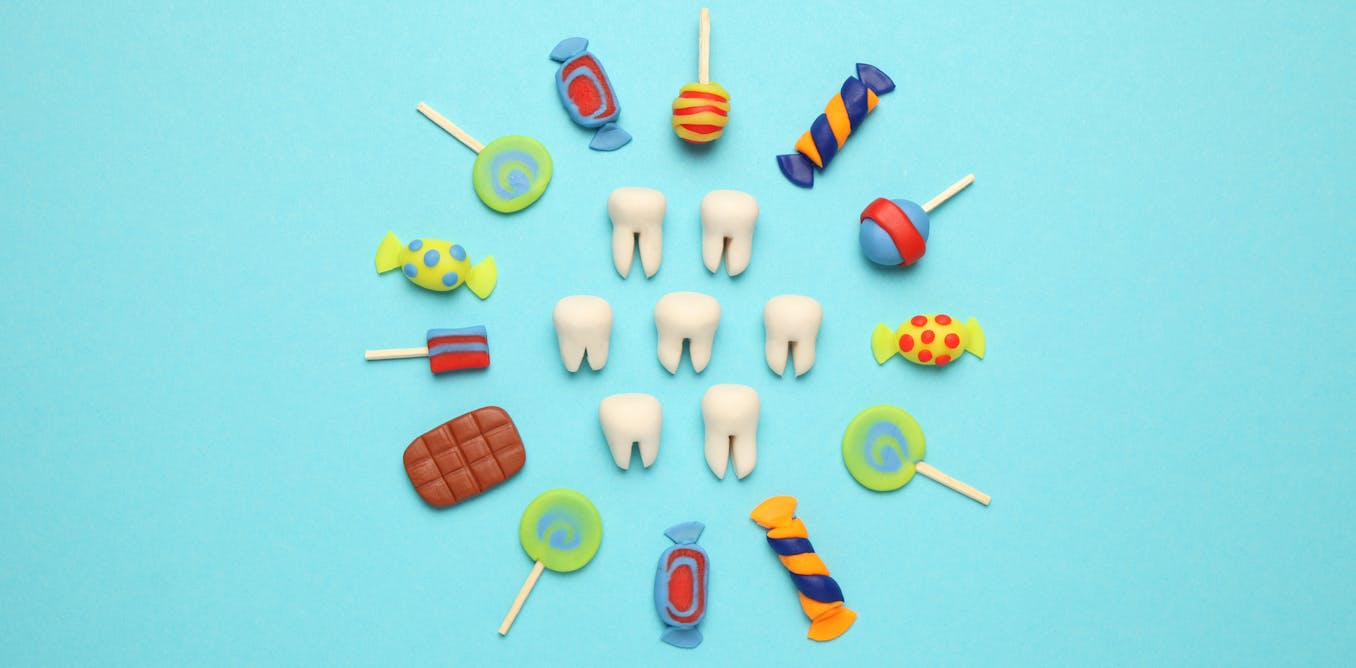The “choking game” has potentially deadly consequences, as players are challenged to temporarily strangle themselves by restricting oxygen to the brain. It sounds terrifying, but rough estimates suggest that about 10% of U.S. teenagers may have played this type of game at least once.
There’s more, unfortunately: The Skullbreaker Challenge, the Tide Pod Challenge and Car Surfing are but a few of the deadly games popularized through social media, particularly on Snapchat, Instagram, TikTok, YouTube and X – formerly Twitter. Many of these games go back more than a generation, and some are resurging.
The consequences of these so-called games can be deadly. Skullbreaker Challenge, for example, involves two people kicking the legs out from under a third person, causing them to fall and potentially suffer lasting injuries. Swallowing detergent pods can result in choking and serious illness. A fall from car surfing can lead to severe head trauma.
Coming up with an exact number of adolescent deaths from these activities is difficult. Data is lacking, partly because public health databases do not track these activities well – some deaths may be misclassified as suicides – and partly because much of the existing research is dated.
A 2008 report from the Centers for Disease Control and Prevention found that 82 U.S. children over a 12-year period died after playing the Choking Game. About 87% of the participants were male, most were alone, and their average age was just over 13. Obviously, new, updated research is needed to determine the severity of the problem.
Peer pressure and the developing brain
We are a professor of educational neuroscience and a Ph.D. student in educational psychology. Both of us study how children regulate their behaviors and emotions, why teenagers are particularly vulnerable to dangerous games, and how social media amplifies their risks.
Risk-taking is a necessary part of human development, and parents, peers, schools and the broader community play an integral role in guiding and moderating risk-taking. Children are drawn to, and often encouraged to engage in, activities with a degree of social or physical risk, like riding a bike, asking someone for a date or learning how to drive.
Those are healthy risks. They let children explore boundaries and develop risk-management skills. One of those skills is scaffolding. An example of scaffolding is an adult helping a child climb a tree by initially guiding them, then gradually stepping back as the child gains confidence and climbs independently.
Information-gathering is another skill, like asking if swallowing a spoonful of cinnamon is dangerous. A third skill is taking appropriate safety measures – such as surfing with friends rather than going by yourself, or wearing a helmet and having someone nearby when skateboarding.
The perfect storm
During adolescence, the brain is growing and developing in ways that affect maturity, particularly within the circuits responsible for decision-making and emotional regulation. At the same time, hormonal changes increase the drive for reward and social feedback.
All of these biological events are happening as teenagers deal with increasingly complex social relationships while simultaneously trying to gain greater autonomy. The desire for social validation, to impress peers or to attract a potential romantic interest, coupled with less adult supervision, increases the likelihood of participating in risky behaviors. An adolescent might participate in these antics to impress someone they have a crush on, or fit in with others.
That’s why the combination of teenagers and social media can be a perfect storm – and the ideal environment for the proliferation of these dangerous activities.
Johner Images via Getty Images
Social media shapes brain circuits
Social media platforms are driven by algorithms engineered to promote engagement. So they feed you what evokes a strong emotional reaction, and they seem to prioritize sensationalism over safety.
Because teens strongly react to emotional content, they’re more likely to view, like and share videos of these dangerous activities. The problem has become worse as young people spend more time on social media – by some estimates, about five hours a day.
This may be why mood disorders among young people have risen sharply since 2012, about the time when social media became widespread. These mood disorders, like depression and conduct issues, more than double the likelihood of playing dangerous games. It becomes a vicious cycle.
Rather than parents or real-life friends, TikTok, YouTube and other apps and websites are shaping a child’s brain circuits related to risk management. Social media is replacing what was once the community’s role in guiding risk-taking behavior.
Protecting teens while encouraging healthy risk-taking
Monitoring what teens watch on social media is extraordinarily difficult, and adults often are ill-equipped to help. But there are some things parents can do. Unexplained marks on the neck, bloodshot eyes or frequent headaches may indicate involvement in the choking game. Some social media sites, such as YouTube, are sensitive to community feedback and will take down a video that is flagged as dangerous.
As parents keep an eye out for unhealthy risks, they should encourage their children to take healthy ones, such as joining a new social group or participating in outdoor activities. These healthy risks help children learn from mistakes, build resilience and improve risk-management skills. The more they can assess and manage potential dangers, the less likely they will engage in truly unhealthy behaviors.
But many parents have increasingly adopted another route. They shield their children from the healthy challenges the real world presents to them. When that happens, children tend to underestimate more dangerous risks, and they may be more likely to try them.
This issue is systemic, involving schools, government and technology companies alike, each bearing a share of responsibility. However, the dynamic between parents and children also plays a pivotal role. Rather than issuing a unilateral “no” to risk-taking, it’s crucial for parents to engage actively in their children’s healthy risk-taking from an early age.
This helps build a foundation where trust is not assumed but earned, enabling children to feel secure in discussing their experiences and challenges in the digital world, including dangerous activities both online and offline. Such mutual engagement can support the development of a child’s healthy risk assessment skills, providing a robust basis for tackling problems together.

The post “The ‘choking game’ and other challenges amplified by social media can come with deadly consequences” by Steven Wolterning, Associate Professor of Educational Psychology, Texas A&M University was published on 12/20/2024 by theconversation.com





































Leave a Reply